Advertisement
Bananas, oranges, pineapples and other fruit earn the sweet title of ‘nature’s candy’

Start thinking about foods that are high in sugar and obvious treats come to mind. Milk chocolate bars and caramel candies, for instance. Or baked goods like cakes, cookies and donuts. Maybe ice cream.
Advertisement
Cleveland Clinic is a non-profit academic medical center. Advertising on our site helps support our mission. We do not endorse non-Cleveland Clinic products or services. Policy
But registered dietitian Beth Czerwony, RD, says there’s a natural food that deserves a spot on the list: fruit.
The good news? Fruit qualifies as a healthier way to get sugar. After all, fruit is pretty darn good for you. It’s packed with vitamins and nutrients, and a lot of fruit is high in fiber to help your digestive system.
“I don’t want anyone to fear the sugar in fruit because these are natural sugars,” explains Czerwony. “The body processes it differently than it would the sugar in cookies and cakes and those type of foods.”
But that doesn’t mean you can’t overdo it. Food with higher sugar content still means consuming more sugar, after all. Being in a healthier overall package doesn’t erase that fact.
It’s important to be aware of sugar content in what you eat, notes Czerwony — particularly if you have a health condition that calls for monitoring blood sugar levels. (That would include those diagnosed with Type 1 or Type 2 diabetes.)
So, what common fruit qualifies as “nature’s candy” given its sugar content? Let’s look at nine, listed in alphabetical order.
Grams of sugar in one large apple: 25.1.
Sweet treat sugar equivalent: A Hershey’s milk chocolate bar.
Most of the sugar in apples is fructose, which is often dubbed a “fruit sugar” given where it’s naturally found. Why is that worth mentioning? It seems that fructose doesn’t cause blood sugar or insulin levels to spike nearly as much as other sugars, such as glucose or sucrose.
Advertisement
Another bonus with apples? The fiber content in the fruit helps your glucose metabolism, which can also help keep blood sugar and insulin levels from jumping too much.
One last tip: If you want to limit your potential sugar intake from apples, pay attention to colors. Research shows that green apples typically have less sugar than red-colored varieties.
Grams of sugar in one banana: 15.4.
Sweet treat sugar equivalent: A glazed donut.
Bananas may not seem like the sweetest of treats, but there’s a decent amount of sugar hidden beneath that peel. The sugar content increases as bananas ripen and go from green to yellow, too.
“Think about portion size if you’re watching your sugar intake,” recommends Czerwony. “If you’re eating little bananas, that’s going to be better than if you’re choosing gigantic bananas that would qualify as two servings.”
Grams of sugar in 1 cup of cherries: 19.7.
Sweet treat sugar equivalent: A regular-sized Snickers bar.
Let’s be honest: Bite-sized cherries are extremely easy to eat. A bowl of them can disappear quickly if you start munching. “Cherries are wonderful for you, but try to pay attention to how many you eat,” advises Czerwony. “It’s not hard to go overboard.”
Grams of sugar in 1 cup of grapes: 14.9.
Sweet treat sugar equivalent: A slice of angel food cake.
Grapes may be even easier to eat than cherries. (After all, there’s no pit to spit!) Try to be mindful of just how many you’re gobbling down in a sitting if you’re looking to limit sugars.
Grams of sugar in one mango: 46.
Sweet treat sugar equivalent: 50 pieces of candy corn.
Tropical fruits typically have higher sugar levels, with mangoes being a prime example.
Portion control is once again key if you’re looking to minimize sugar intake while eating a mango. Another tip? Czerwony suggests pairing your mango (or any sugary fruit) with a protein such as low-fat Greek yogurt, which can help slow the release of sugar into your blood.
Grams of sugar in one large orange: 17.2.
Sweet treat sugar equivalent: Four twisted red licorice ropes.
The fiber in oranges can help ease the release of sugar into your blood. But for that to work, eat the fruit instead of drinking a glass of OJ. The sugar is much more concentrated in orange juice. (Get this: 100% fruit juice is so loaded with sugar that it’s often compared to soda.)
Grams of sugar in a medium pear: 17.4.
Sweet treat sugar equivalent: A large cinnamon roll.
Advertisement
The sugar story with pears is similar to apples regarding fructose and fiber. But those benefits come with eating a whole fruit. Canned pears packed in sugary syrup can negate some positives and drive up sugar content.
Grams of sugar in 1 cup of pineapple chunks: 16.3.
Sweet treat sugar equivalent: A slice of cherry pie.
Pineapple’s sticky sweetness owes itself to high sugar levels — and those levels only go up if the fruit is juiced, dried or served in a sugary syrup. Moderation is key if you’re trying to get the benefits of eating pineapple without a sugar rush.
Grams of sugar in 1 cup of diced watermelon: 9.42.
Sweet treat sugar equivalent: A medium chocolate chip cookie.
Watermelon may be high in sugars but it’s low in carbohydrates, which means that eating a slice on a hot summer day shouldn’t send your blood sugar levels skyrocketing.
Should you be aware of the sugar in fruit? Absolutely. Should you fret about it? Probably not.
“Unless you have diabetes or another health condition where you need to monitor blood sugar levels, you’re probably not eating enough fruit for the sugar in it to be a concern,” states Czerwony.
And fruit is always a healthier option than candy, baked goods or other processed treats.
Advertisement
For the record, the U.S. Department of Agriculture recommends eating about 2 cups of fruit per day. Hitting that target can be … well, pretty sweet.
Advertisement
Learn more about our editorial process.
Advertisement
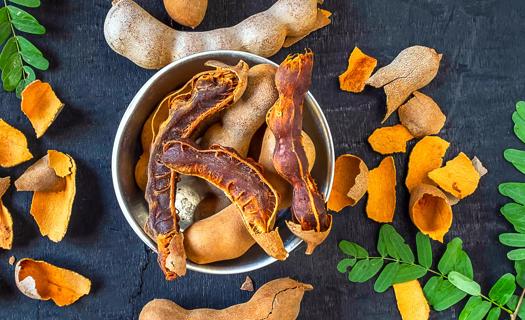
With a sweet, tangy flavor, this tropical fruit is super versatile and high in antioxidants

Full of antioxidants and nutrients, apricots may boost your eye, skin, digestive and overall health
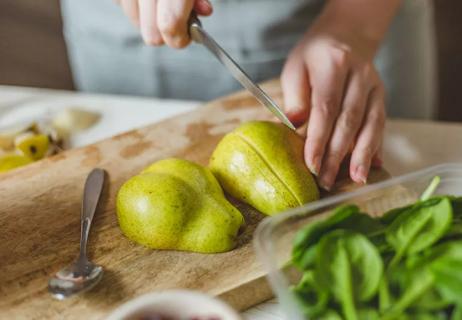
They’re great for your gut, heart and blood sugar and may lower inflammation
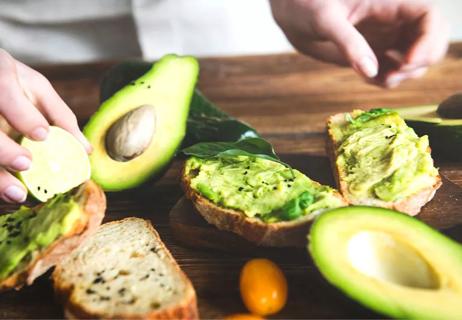
This glorious green superfood is full of vitamins, minerals and lots of other good stuff
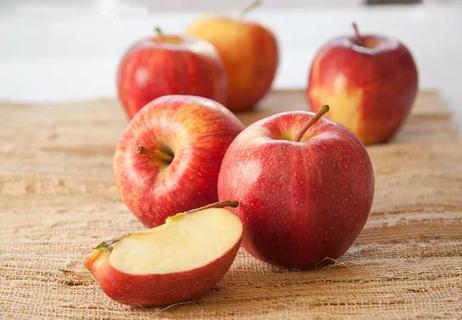
An apple a day may reduce high blood pressure, lower cholesterol and help you live longer

From managing blood sugar to lowering cholesterol, this fruit is a jack-of-all-trades
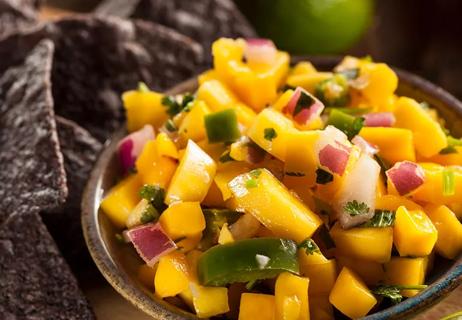
A mango a day may help keep hunger and bloating away
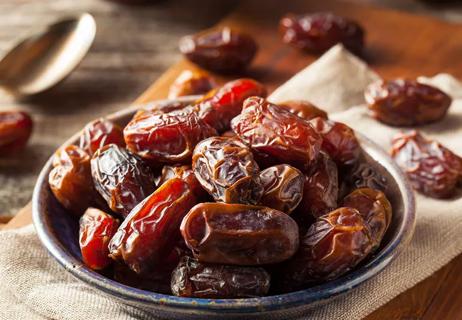
From improving gut health to helping with childbirth, dates are a nutritional powerhouse

If you’re feeling short of breath, sleep can be tough — propping yourself up or sleeping on your side may help

If you fear the unknown or find yourself needing reassurance often, you may identify with this attachment style

If you’re looking to boost your gut health, it’s better to get fiber from whole foods